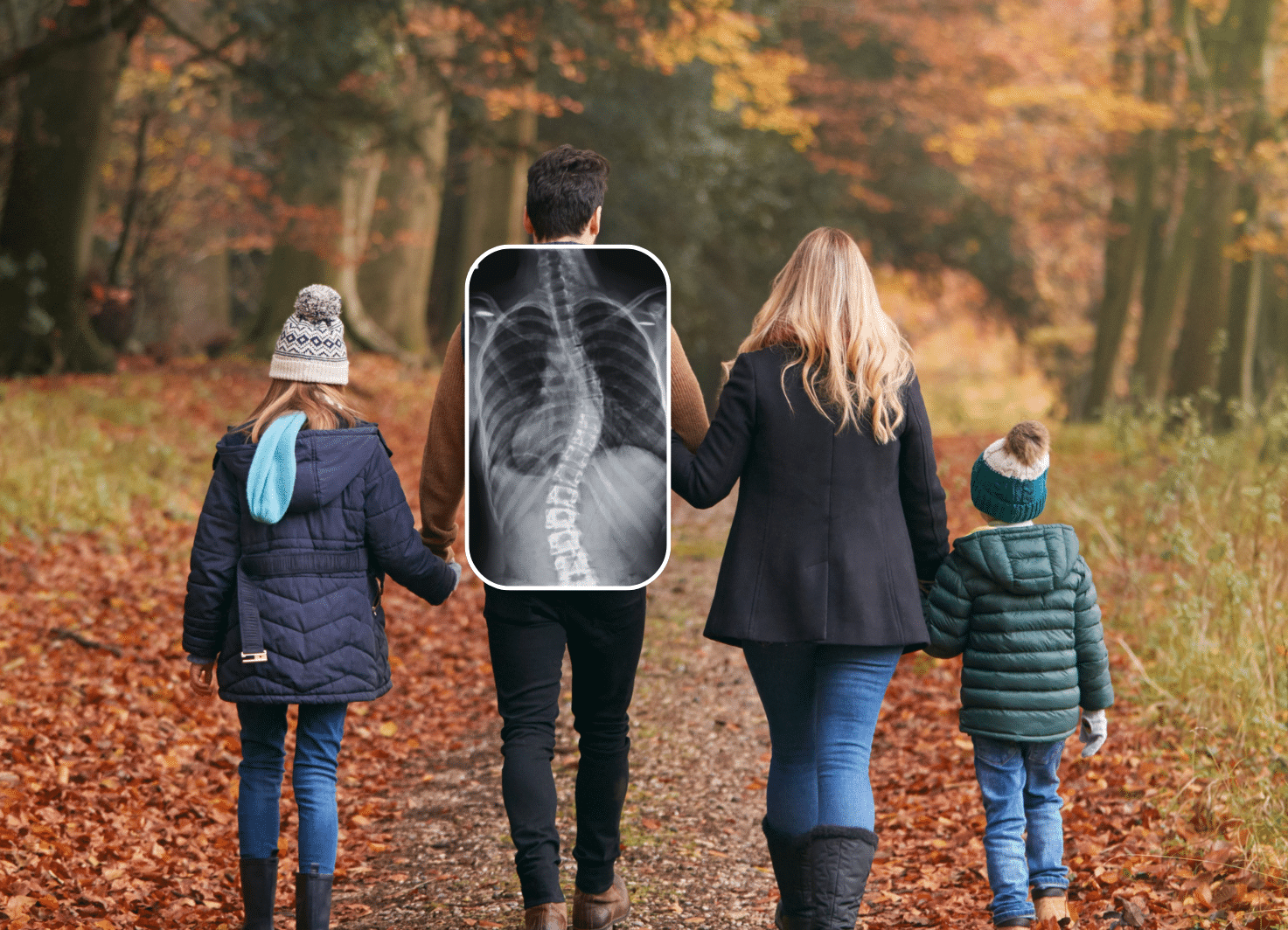Scoliosis Doesn’t Take a Season Off - Neither Should You
Welcome to Scoliosis Awareness Month
Each June, we shine a spotlight on scoliosis – raising awareness, encouraging early detection, and sharing resources that inspire action. This year’s theme highlights how seasonal habits – from summer sports to winter routines – can affect when and how scoliosis is noticed.
Whether you’re in the Northern Hemisphere enjoying outdoor activities, or in the Southern Hemisphere slowing down for winter, now is the time to check in on spinal health.
Join us in spreading the word, spotting the signs, and supporting those affected by scoliosis, year-round.
Why Seasonality Matters
Changes in clothing and activity levels across seasons impact how easily scoliosis is noticed. Summer often makes signs more visible, while winter can hide them under layers or slower routines.
No matter the season, staying alert to changes in posture, balance, or pain is key. Build scoliosis checks into seasonal health habits - just like sunscreen in summer or flu shots in winter.
While the Northern Hemisphere gears up for summer, the Southern Hemisphere enters winter - both are critical times for detection.
Shifting routines across the year can hide or highlight scoliosis signs. Make seasonal check-ins a smart habit for the whole family.

